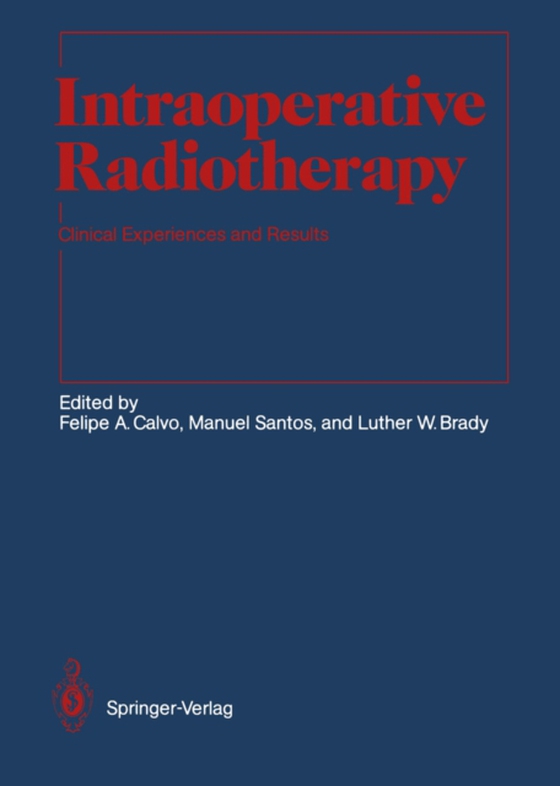
Intraoperative Radiotherapy e-bog
436,85 DKK
(inkl. moms 546,06 DKK)
The development of the capacity to use electron beams at various energies stimulated the development of the new technology of intraoperative radiation therapy. The visual- ization of the primary tumor, definition of the site to be irradiated, and knowledge of the size of tumor to be irradiated, including adequate margins for microscopic extent along with debulking of the tumor, have allowed int...
E-bog
436,85 DKK
Forlag
Springer
Udgivet
6 december 2012
Genrer
Oncology
Sprog
English
Format
pdf
Beskyttelse
LCP
ISBN
9783642841835
The development of the capacity to use electron beams at various energies stimulated the development of the new technology of intraoperative radiation therapy. The visual- ization of the primary tumor, definition of the site to be irradiated, and knowledge of the size of tumor to be irradiated, including adequate margins for microscopic extent along with debulking of the tumor, have allowed intraoperative radiation therapy to be pur- sued in a wide variety of disease processes. Not only is it possible to treat tumors that were highly resistant, but it is also possible to specifically localize the tumor with a mar- gin adequate to encompass potential microscopic extensions and to choose the appro- priate electron beam energy to treat the potential residual tumor and spare the adjacent normal structures. It is, furthermore, possible to treat patients with unresectable tumors. Central to this entire development is the fact that normal structures can be removed from the field of treatment. In the beginning, the emphasis was on single fractions of electron beam radiation without subsequent supplementation by external photon beam radiation therapy. How- ever, more recently it has become necessary to use not only a single electron beam frac- tion during the course of the operation, but to supplement it with external beam treat- ment. The encouraging results obtained with intraoperative radiation therapy have led to clinical trials at a large number of institutions throughout the world.
 Dansk
Dansk

